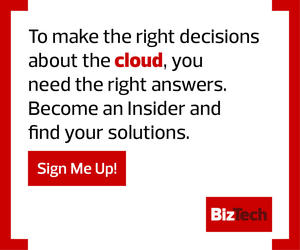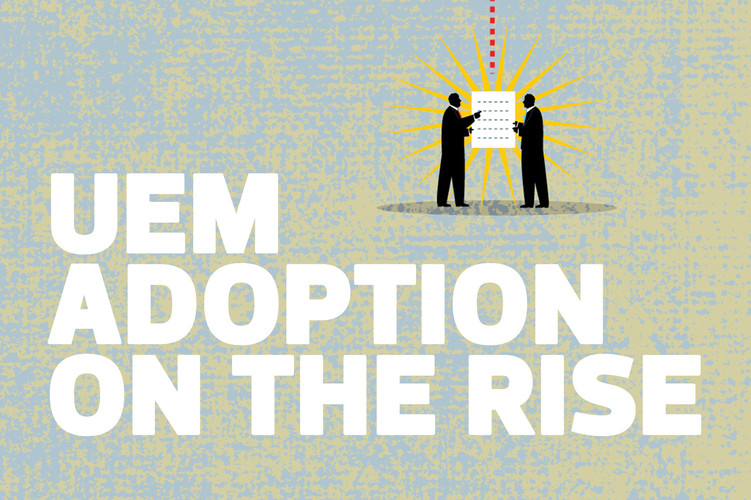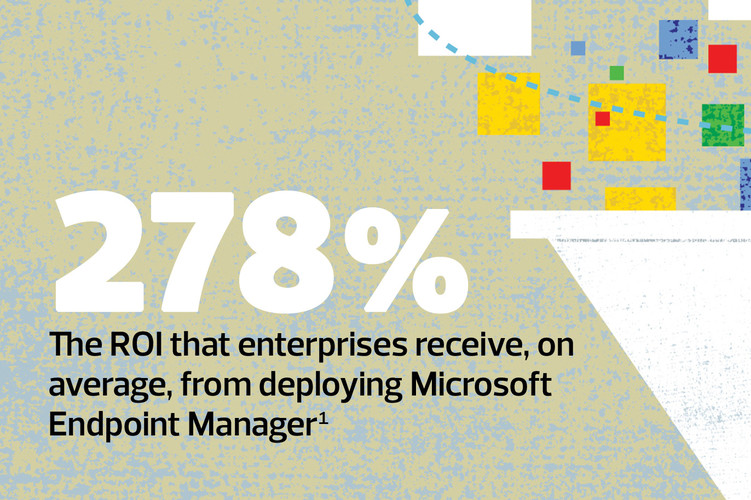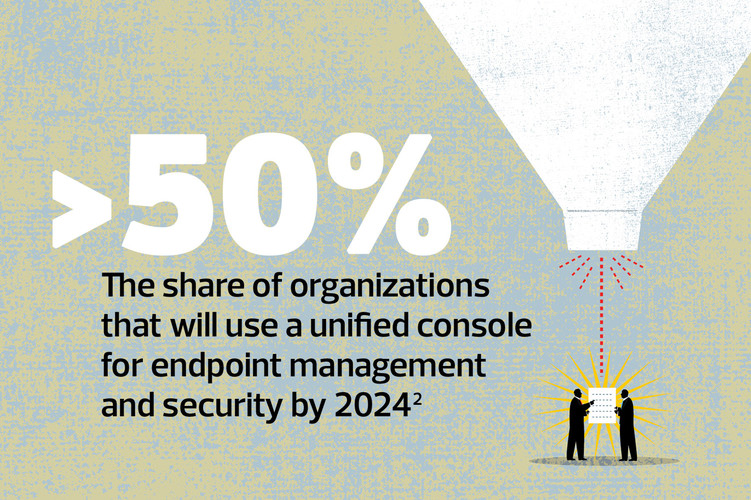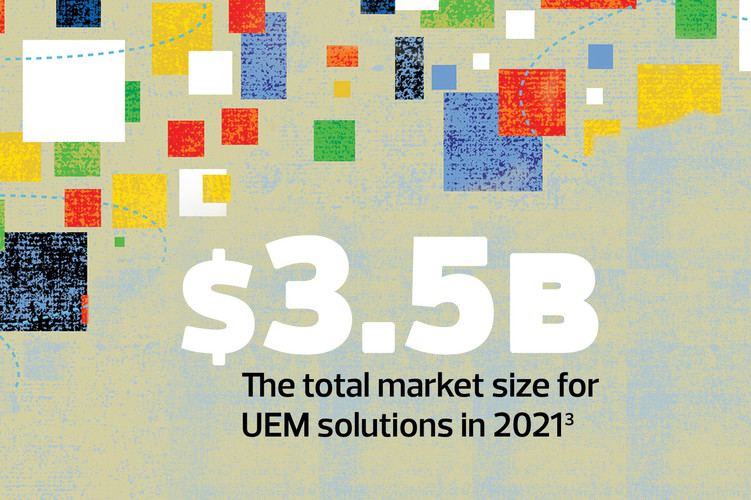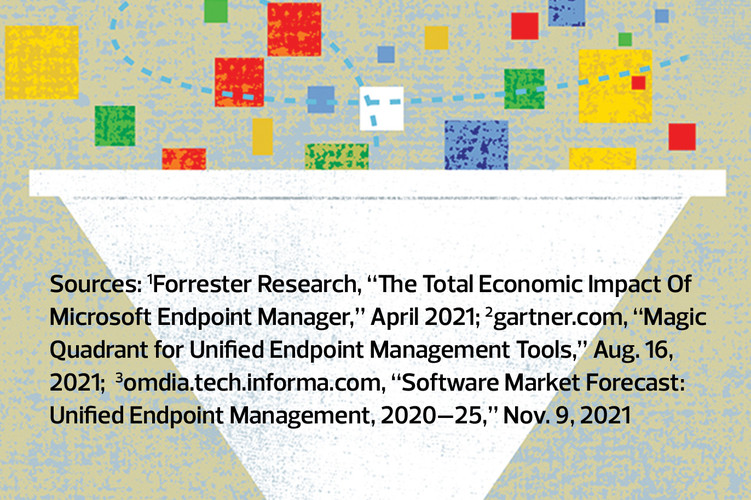Managing Devices Through a Single Pane of Glass
Many organizations are deploying unified endpoint management solutions to centrally configure, control and secure a wide range of endpoint devices and operating systems across their enterprises. Through a single console, IT departments can automate the deployment of software and security patches and enforce policies.
Demand for cloud-based UEM tools has increased during the pandemic, analysts say. With more people working from home or in flexible work arrangements, IT teams have had to manage more remote devices outside their corporate firewalls.
“Organizations are prioritizing the need for a more modern and mobile-first endpoint and application management approach,” Omdia analyst Adam Holtby says.
In the past, many organizations used separate endpoint management tools to manage PCs and mobile devices. UEM solutions enable organizations to streamline the management of desktop computers, laptops, tablets, smartphones and even wearables and other connected devices, Holtby says.
While mobile device management and mobile application management are core UEM features, some vendors are beefing up their solutions with enhanced security features, such as data leakage prevention controls, and new capabilities including analytics, automation and improved employee experiences, he says.
READ MORE: Learn why UEM tools are essential for helping utilities manage and secure assets.
How to Simplify Device Provisioning
Spectrum Brands, which is behind well-known brands such as Black+Decker appliances, Iams pet foods and Black Flag pest control, upgraded to a new cloud-based UEM solution in early 2020 when executives tasked the IT department with an urgent project to provision laptops to 300 employees in 16 countries on short notice.
Watson and his four-person team quickly deployed Microsoft Intune for device and application management and Azure Active Directory for identity and access management. The IT staff, which had been testing Intune and Azure AD as part of a broader cloud effort, demonstrated the technology to senior executives, who were impressed that laptops self-provisioned in 30 minutes over the cloud. They greenlit the project.
“Their minds were blown, and they asked why we didn’t do this before. The necessity of it drove the innovation,” Watson says.
The IT staff provisioned laptops to the 300 employees in six weeks, making the deadline with three weeks to spare.






